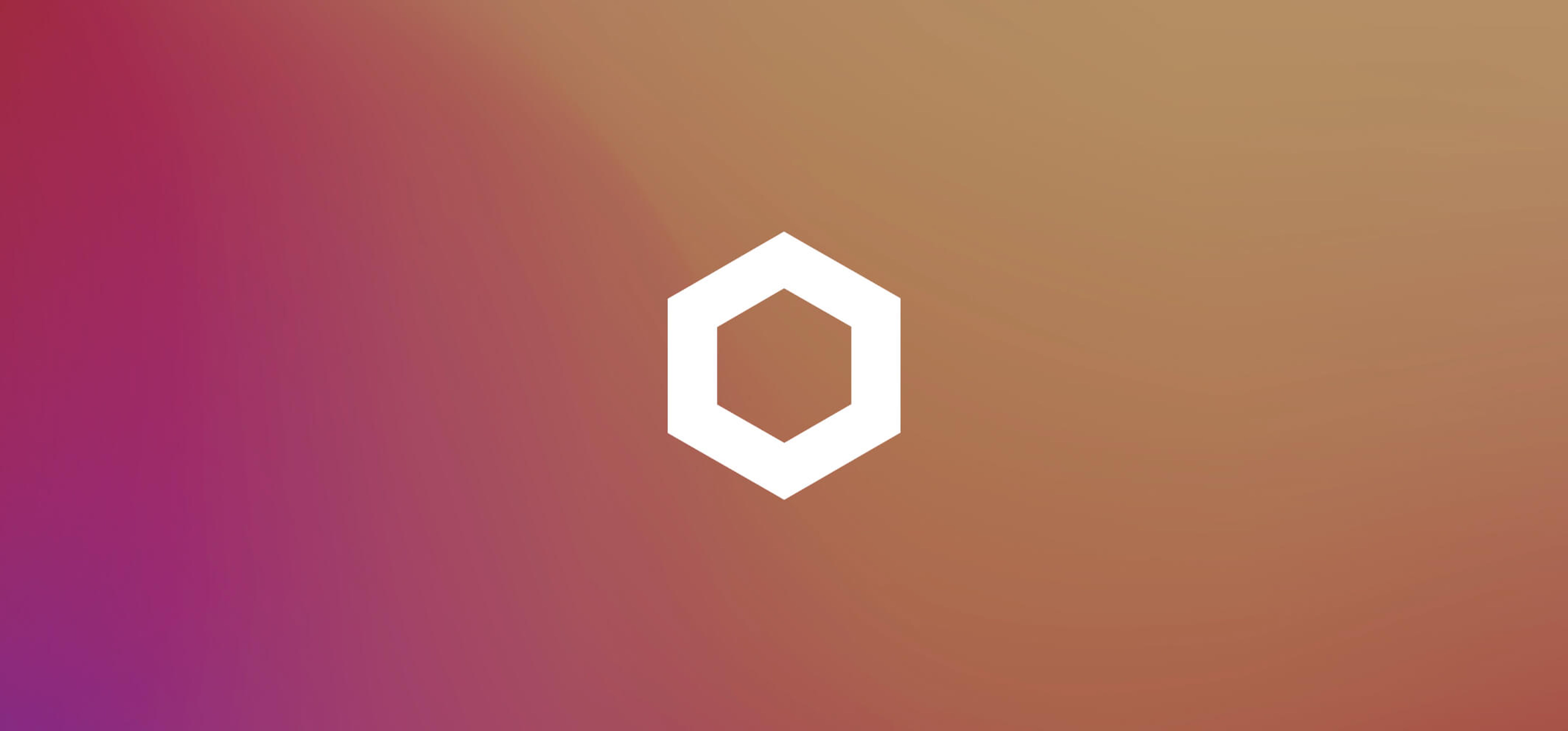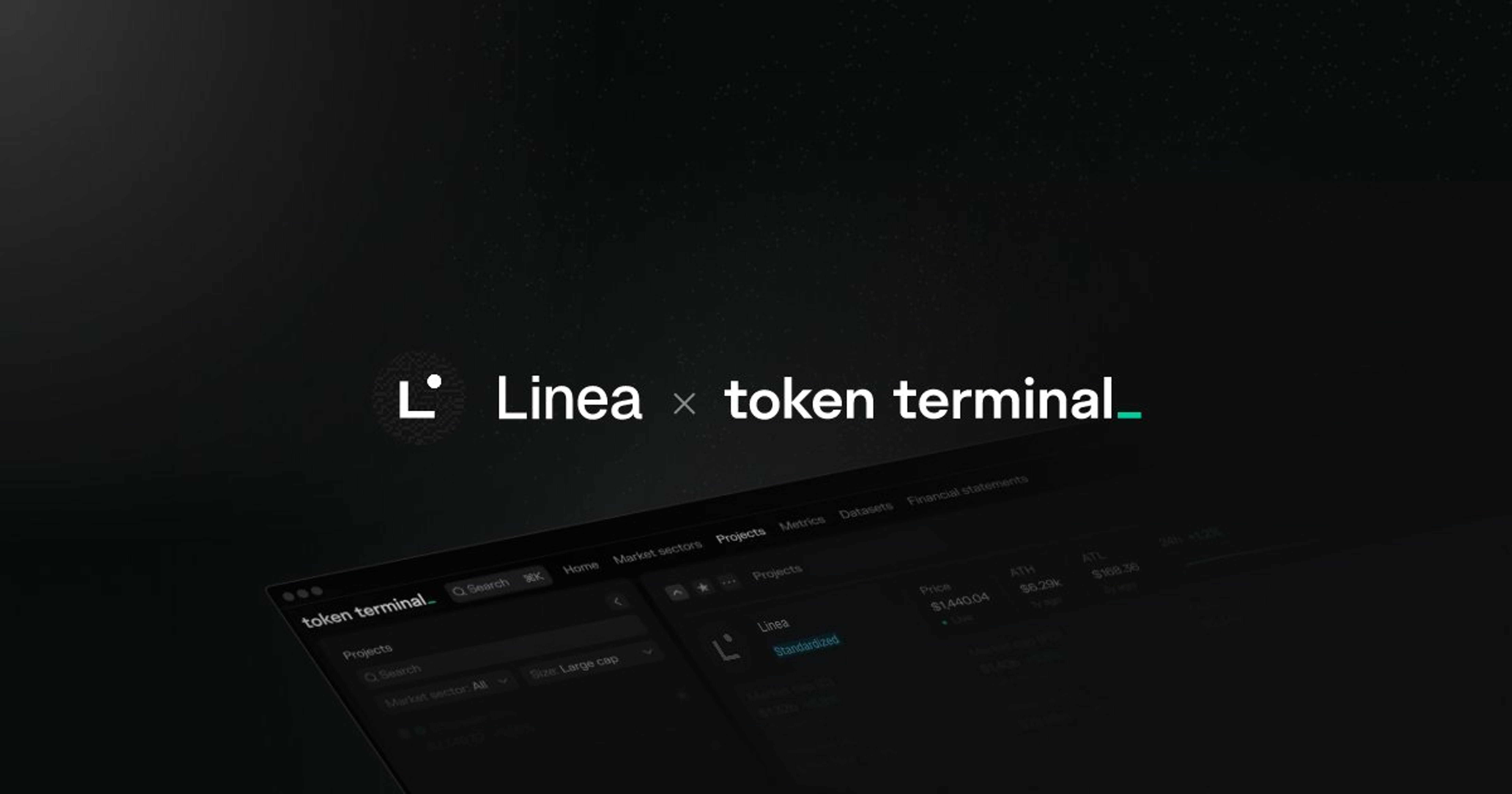Research
TL;DR: Chainlink is trying to introduce secure, sophisticated and scalable oracle services.

TL;DR: ChainLink aims to build secure, sophisticated and scalable oracle services.
What are Chainlink’s main features?
- uses multiple oracles;
- has own reputation system;
- its oracles can stake their data; and
- its token LINK is used for staking and fees.
Current state of oracles?
The majority of oracles today are centralized services or oracles ran by the project using it. Fetching critical data in a trust-minimized manner is still a core Web3 functionality waiting to be solved.
Enter Chainlink
Chainlink ranks and aggregates data from multiple oracles who are able to stake their results. The Chainlink protocol performs its core functions through 3 main contracts:
- Reputation contract.
- Order-matching contract.
- Aggregating contract.
Reputation Contract
The reputation contract tracks performance of oracles that offer services through Chainlink. The higher an oracle’s (“Chainlink node’s”) reputation, the more work there is available. Bad or non-existent reputation can be mitigated with a higher stake (in LINK) by the oracle.
Order-Matching Contract
The order-matching contract matches orders (demand) with oracles (supply) by evaluating the buyer’s parameters (numbers of oracles needed, level of reputation etc).
Aggregating Contract
The aggregating contract collects the data delivered by the oracles — averages it — and creates a weighted aggregate result of the given data for the buyer.
What’s the token model?
The LINK token is used as a staking token and oracles are paid in LINK for their services. Slashed tokens are distributed to all oracles that delivered correct data. LINK’s staking and penalty functions are expected to launch in 2020.
There is a set amount of 1 billion LINK tokens:
- Only 35% of the total amount has been issued as is in circulation;
- 35% of the remaining LINK tokens are reserved for staking fees; and
- 30% is held by founders/team 💰.
How is Chainlink governed?
Chainlink doesn’t have inbuilt governance. The ecosystem consists of independent oracle networks controlled by its owners (who deployed the aggregator contract). The current oracle network (https://feeds.chain.link) is ran and governed by the Chainlink team.
Future outlook
Network effects will make Chainlink the most diverse and easiest oracle to integrate for developers who need external data of any kind. Scale will lead to the most reliable and cost efficient oracle services, and the potential for evolving into industry standard.
Questions to the team and community:
- How many independent oracle networks will eventually exist on Chainlink?
- Any verticals that need their own “app-specific” oracle networks?
- When will penalty/staking/reputation go live?
Some of the projects currently using chainlink’s oracle network: Set, Aave, Ampleforth, Nexus Mutual, and 1inchEchange.
Token Terminal provides financial and business metrics on crypto protocols — metrics we’re used to seeing applied to traditional companies, e.g the P/E ratio. Crypto protocols operate like traditional businesses, only they do it directly on the Internet.
For more, check out Token Terminal’s website and Twitter.
The authors of this content, or members, affiliates, or stakeholders of Token Terminal may be participating or are invested in protocols or tokens mentioned herein. The foregoing statement acts as a disclosure of potential conflicts of interest and is not a recommendation to purchase or invest in any token or participate in any protocol. Token Terminal does not recommend any particular course of action in relation to any token or protocol. The content herein is meant purely for educational and informational purposes only, and should not be relied upon as financial, investment, legal, tax or any other professional or other advice. None of the content and information herein is presented to induce or to attempt to induce any reader or other person to buy, sell or hold any token or participate in any protocol or enter into, or offer to enter into, any agreement for or with a view to buying or selling any token or participating in any protocol. Statements made herein (including statements of opinion, if any) are wholly generic and not tailored to take into account the personal needs and unique circumstances of any reader or any other person. Readers are strongly urged to exercise caution and have regard to their own personal needs and circumstances before making any decision to buy or sell any token or participate in any protocol. Observations and views expressed herein may be changed by Token Terminal at any time without notice. Token Terminal accepts no liability whatsoever for any losses or liabilities arising from the use of or reliance on any of this content.
Stay in the loop
Join our mailing list to get the latest insights!
Continue reading

Customer stories: Token Terminal’s Data Partnership with Linea
Through its partnership with Token Terminal, Linea turns transparency into a competitive advantage and continues to build trust with its growing community.

Introducing Tokenized Assets
Token Terminal is expanding its standardized onchain analytics to cover the rapidly growing category of tokenized real-world assets (RWAs) – starting with stablecoins, tokenized funds, and tokenized stocks.

Customer stories: Token Terminal’s Data Partnership with EigenCloud
Through its partnership with Token Terminal, EigenCloud turns transparency into a competitive advantage and continues to build trust with its growing community.